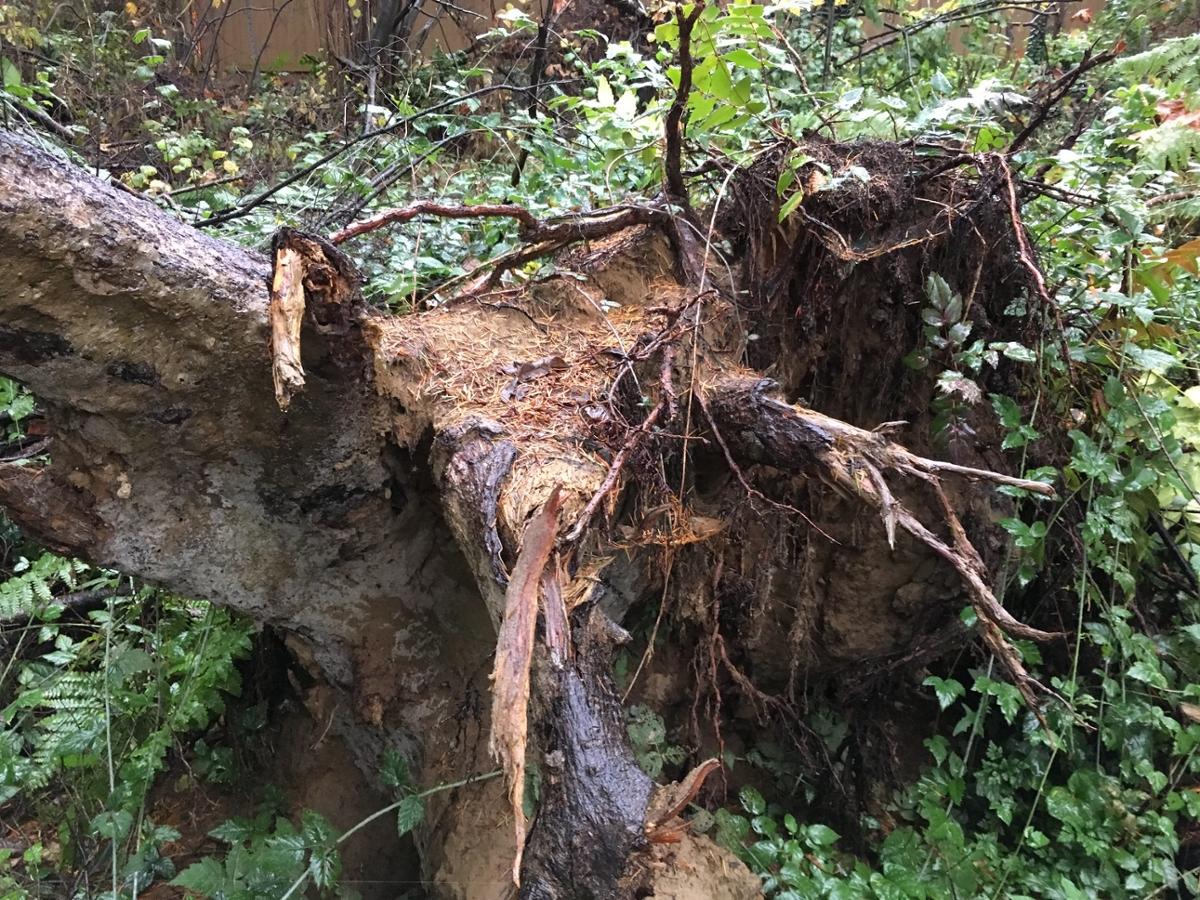Root rot is a condition of indoor and outdoor plants. Root rot may be caused by poorly drained or overwatered soil, or soil-borne pathogens and nematodes.
Overwatering causes the soil around the plant to retain water, and this impedes drainage. These waterlogged conditions prevent roots from absorbing all the oxygen they require to live.
Too much water also creates favorable conditions for the growth of soil-borne water molds and fungi. These soil-borne pathogens infect the roots, and they cause the roots to decay.
Soil-borne water molds such as Pythium, and fungi such as Fusarium, are the usual culprits of root rot. Once infecting one plant, these pathogens can infect other nearby plants in waterlogged conditions. These pathogens may be transferred from one part of the garden to another when gardeners transplant the infected plants.
Mushroom root rot fungi affect a wide range of orchards, forests, and shade trees and shrubs. Woody areas, or recently cleared land, harbor these fungi. These fungi can survive in the infected root or wood in the soil for decades.
Some of the general symptoms of root rot are wilted and yellowed leaves, stunted or poor plant growth, branch dieback, and thinning of the canopy. Root rot changes firm, white roots into brown, soft ones. The roots of the plant that are attacked by nematodes are swollen with root galls.
Root rot can be prevented by planting disease-tolerant cultivars, and healthy-looking plants. Keep plant tools clean. Avoid stressing plants by maintaining appropriate soil moisture levels, soil fertilization, and weed control. Use raised beds to grow plants if you can’t improve drainage.










